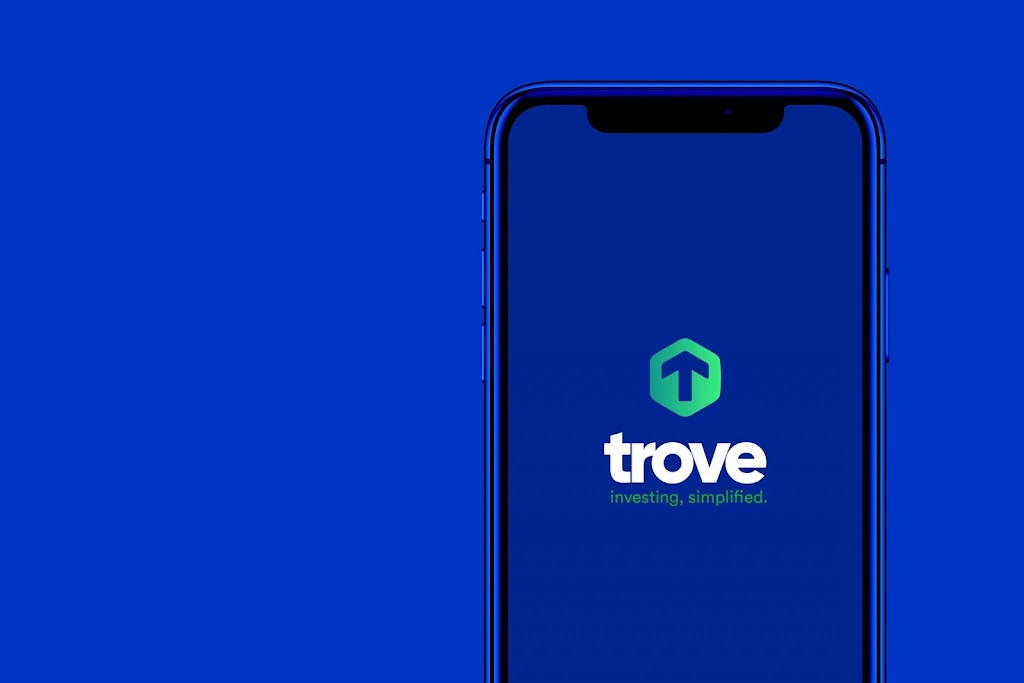In an interconnected world where financial landscapes transcend borders, gaining access to global markets has never been more crucial for individual investors. Bamboo Investment emerges as a beacon of financial inclusion, empowering individuals to seamlessly navigate the vast realm of U.S. stocks and international exchange-traded funds (ETFs).
Bamboo is a financial technology platform that allows users to invest in global financial markets, specifically focusing on U.S. stocks. The platform aims to make investing in international markets accessible to individuals from various countries.
As a user-friendly financial technology platform, Bamboo opens the door to fractional investing, diverse portfolios, and the potential for long-term wealth creation.
How Does Bamboo Investment Work
Here’s a detailed explanation of how Bamboo investments work:
Setting Up an Account:
-
Sign-Up: To get started with Bamboo, users need to create an account on the platform. This typically involves providing personal information like email and password, completing identity verification, and agreeing to the platform’s terms and conditions.
-
Funding Your Account: After successfully setting up an account, users need to fund it. Bamboo usually accepts funding through bank transfers or other supported payment methods, depending on the country of residence.
Choosing an Investment Plan:
-
Understanding Investment Plans: Bamboo offers different investment plans based on risk tolerance and financial goals. These plans often include diversified portfolios of U.S. stocks and exchange-traded funds (ETFs).
-
Risk Assessment: Before recommending an investment plan, Bamboo may assess the user’s risk tolerance through a series of questions. This helps in suggesting a portfolio that aligns with the user’s financial preferences.
Investing in U.S. Stocks:
-
Stock Selection: Once a user has chosen an investment plan, Bamboo allocates their funds to a diversified portfolio of U.S. stocks. The selection of stocks is typically based on factors such as market capitalization, sector, and historical performance.
-
Fractional Shares: Bamboo allows users to invest in fractional shares, meaning they can own a portion of high-priced stocks. This makes it more affordable for users with smaller investment amounts.
-
Rebalancing: Portfolios may be rebalanced periodically to maintain the desired asset allocation and adapt to market changes.
Monitoring and Managing Investments:
-
User Dashboard: Bamboo provides users with a dashboard where they can monitor the performance of their investments. This includes tracking the value of their portfolio, historical performance, and other relevant metrics.
-
Educational Resources: Bamboo often offers educational resources to help users understand the basics of investing, market trends, and other factors that may influence their investment decisions.
Withdrawing Funds:
-
Withdrawal Process: Users can request to withdraw funds from their Bamboo account at any time. The withdrawal process typically involves specifying the amount to be withdrawn and selecting the preferred withdrawal method.
-
Timing: Withdrawal processing times may vary based on the user’s location and the method chosen. It’s essential to be aware of any associated fees or processing times. Withdrawals below ₦500,000 will reflect instantly if they meet certain criteria, otherwise, they will be manually processed into your Naira bank account within 2-3 business days or 5-7 business days if you’ve made this withdrawal to your USD/foreign bank account.
Fees and Charges:
-
Fee Structure: Bamboo may have a fee structure associated with its services. This can include management fees and other charges related to currency conversion or withdrawals. The company charge a 1.5% commission when you buy or sell stocks on the U.S. stock markets, with a minimum charge of $1 (This means that if 1.5% of your trade is less than $1, you will be charged $1).
-
Transparent Pricing: The platform usually maintains transparency in its fee structure, and users can find detailed information about fees on the Bamboo website or app.
Security Measures:
-
Data Encryption: Bamboo employs encryption techniques to secure users’ personal and financial information. This ensures that sensitive data is protected from unauthorized access. The company use state-of-the-art data encryption and two-factor authentication (2FA) protection when handling financial information and accounts. They claim not only to meet traditional banking security standards, but we also exceed them.
-
Two-Factor Authentication: To enhance account security, Bamboo may implement two-factor authentication, requiring users to provide a second form of verification in addition to their password.
Customer Support:
-
Support Channels: Bamboo typically provides customer support through various channels such as email, in-app chat, or a dedicated support portal.
-
Assistance and Guidance: Users can reach out to Bamboo’s customer support for assistance, and guidance, or to address any issues they may encounter while using the platform. Use their email, support@investbamboo.com
- Here’s a tel number for support +234 (02) 018880295
Regulatory Compliance:
-
Compliance Standards: Bamboo adheres to regulatory standards in the countries it operates. This includes compliance with financial regulations and customer protection measures.
-
User Verification: Users are usually required to undergo identity verification processes to comply with Know Your Customer (KYC) and Anti-Money Laundering (AML) regulations.
Continuous Improvement:
- Platform Updates: Bamboo may introduce new features, investment options, or improvements to its platform over time. Users should stay informed about updates to ensure they are utilizing the latest functionalities.
In summary, Bamboo works as a user-friendly investment platform that allows individuals to invest in U.S. stocks easily. The platform emphasizes accessibility, fractional investing, and diverse portfolio options, making it suitable for users with varying levels of investment experience.
Before using Bamboo or any investment platform, individuals should carefully review the terms, fees, and risks associated with the service. Additionally, staying informed about market trends and regularly monitoring investments is essential for making informed financial decisions.



